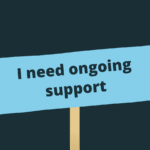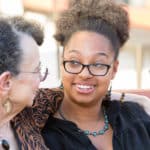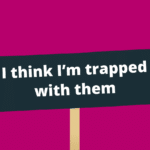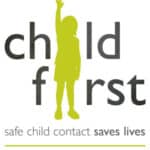Summary of Women’s Aid safeguarding approach
Women’s Aid staff, associated personnel, members and suppliers are in positions of authority and trust and have power over the survivors, their families and members who benefit from its activities and that misuse of that power can lead to harm, including safeguarding against sexual exploitation and abuse and harassment (SEAH).
Women’s Aid has a duty of care to prevent, report and respond to all forms of harm that may occur to all
persons who come into direct or indirect contact (use of images and personal data, contact through the internet or social media) with its staff and representatives.
This duty is exercised to safeguard the well-being and welfare of all persons, including:
- A “child” is any person under the age of 18 as defined under Article 1 of the universally ratified UN Convention on the Rights of the Child, 1989 and under Working Together regardless of definitions under national law or custom.
- An “adult-at-risk” are individuals aged 18 years, which include youth and young people who may participate in Women’s Aid activities. Some adults are at greater risk of harm due to factors such as gender, age, mental or physical health, sexuality, disability and are made more vulnerable to exploitation, abuse and harassment due to poverty, power differential, inequality, displacement due to war or disaster, or a combination of two of more factors.



